
|

|

The Apollo 16 capsule |

One of the upper stages of a Saturn V moon rocket |

|

|
The Huntsville Stars battle the Montgomery Biscuits in Class AA minor league baseball |

|
A Norfolk Southern freight train en route to Memphis breezes past the Huntsville depot |
|
Stones River Battlefield
|

Music City Sheraton |

Music City Sheraton |

|

Nashville's former L&N station |
|
The Nashville L&N station waiting room
|
|
Waiting to depart for Lebanon
|
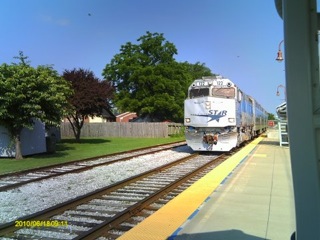
|

|
|
The Hermitage, Andrew Jackson's home
|
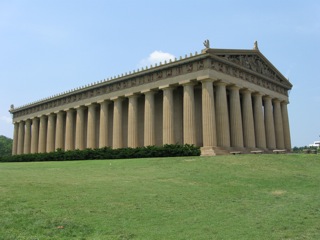
The Parthenon, Nashville, TN |

|
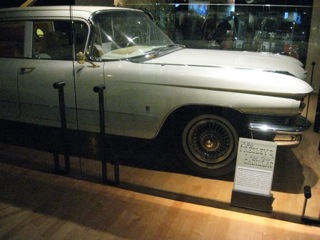
|

Chuck Meade performs at the Grand Ole Opry |
Charlie Daniels headlines the Grand Ole Opry attended by the author's family. |
Riverboat cruises on the Cumberland River are a favorite Nashville activity |

|

A Philadelphia PCC car |

C&O Steam engine |
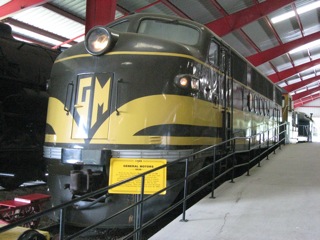
GM FT demo unit |

A North Coast Limited sleeper |
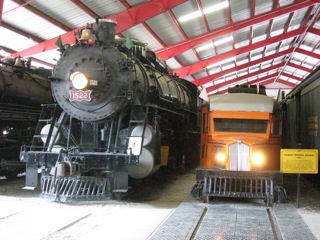
Frisco 1522 steam engine |

SP 4460, sister to the famous 4449 |

Missouri Pacific observation car |
|
Rock Island Aerotrain
|

The grand hall at St. Louis Union Station |

|

Washington, MO station |

Washington, MO |

Jefferson City, MO |
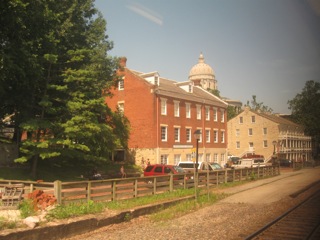
The state capitol at Jefferson City |
|
Kansas City Union Station
|
|

|

Mike McGee touches home plate after his homer for FSU |
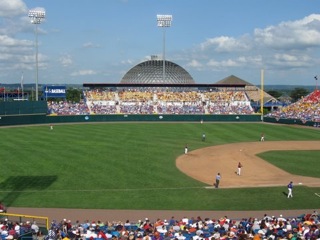
|

The author and family enjoy the action as Florida State defeats Florida at the College World Series |

The Carl Sandburg at Galesburg |

A smoky departure from Galesburg by the Carl Sandburg |

CB&Q 4-6-4 # 3006 displayed at Galesburg |

The author celebrates riding his next to last missing Amtrak route |
|
Courtyard Marriott, Bettendorf, IA
|

Footballs from the early years of collegiate football
|

Tribute to 2009-10 college football award winners at the College Football Hall of Fame |
|
College Football Hall of Fame and the South Bend
Marriott
|
|
Westbound South Shore train # 12 at the South Bend
Airport station
|

Additional cars prepare to couple onto the rear
of our South Shore train at Michigan City, IN
|
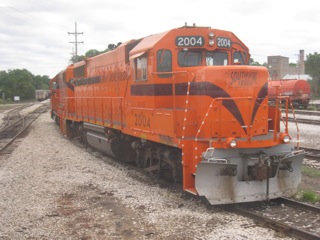
South Shore Line freight engine |

Passing a Metra electric train on the CN (ex-Illinois Central) |

Municipal building at Gary, IN |

Street running in Michigan City |

Street running in Michigan City |
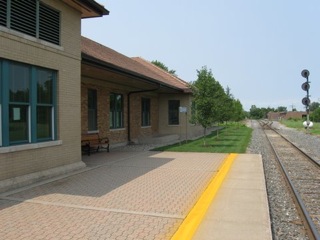
Holland, MI station |
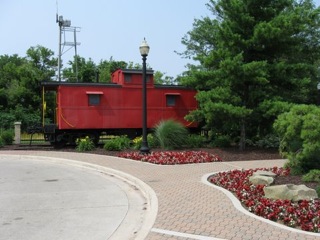
Holland, MI |
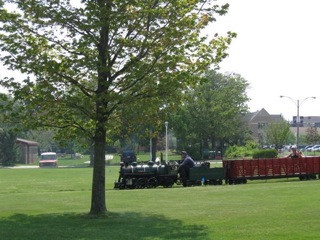
Miniature railway in the park at Traverse City |

Marina on Grand Traverse Bay |
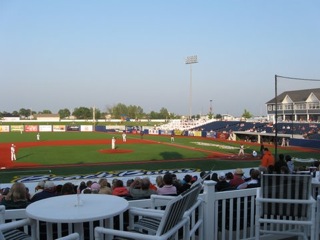
Traverse City Beach Bums games are a fun way to spend an evening |

Minor league baseball at Traverse City |

Minor league baseball at Traverse City |

Minor league baseball at Traverse City |
|
Beach Bums mascots encourage the crowd
|
|
The charming Courtyard Marriott in Traverse City
|
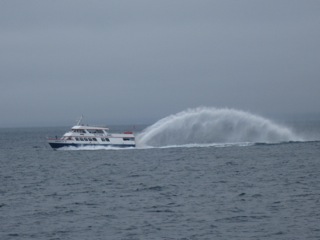
Star Line ferry service linking Mackinaw City with Mackinac Island |

Aboard the Star Line ferry at Mackinac Island |
|
Lake View Hotel, built in 1858, is an excellent
lodging choice on Mackinac Island
|

Mackinac Island Carriage Tour |

Limestone Arch in Mackinac Island State Park |

Mackinac Island Carriage Tour |

Grand Hotel |